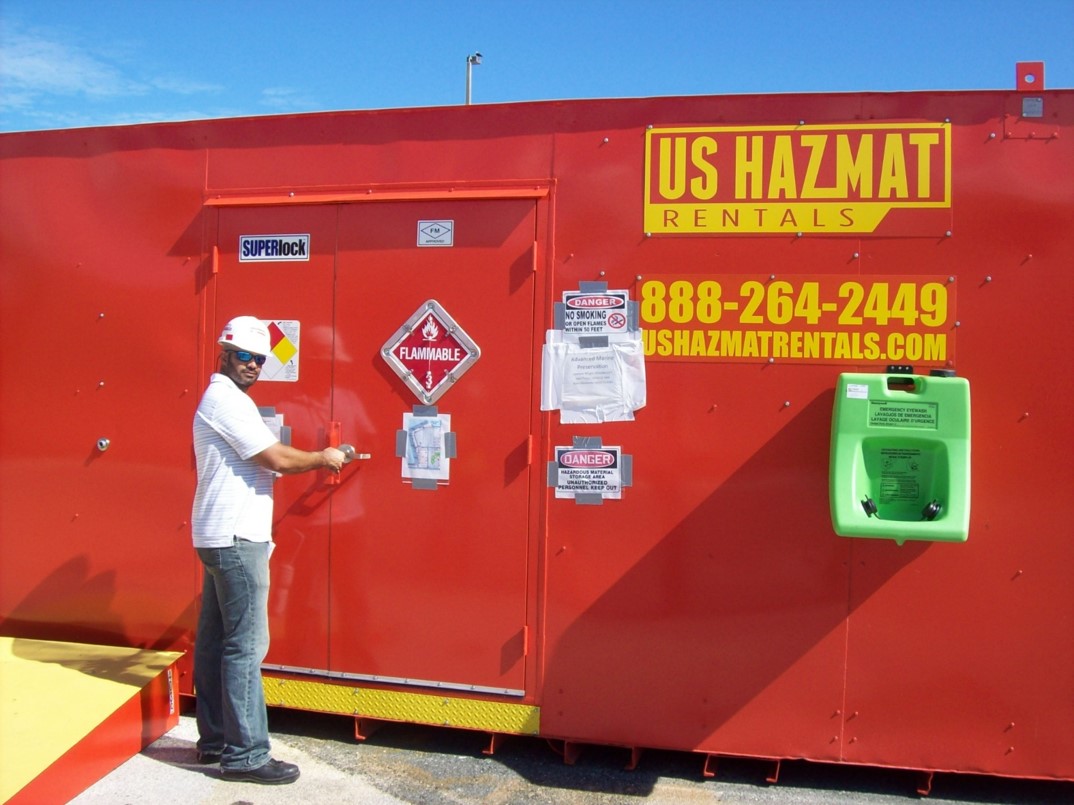An email July 08, 2020:
Subject: Closure of a CAA at LQG
Message Body:
Hi there – I work for a LQG facility (large quantity generator of hazardous waste) that is moving into curtailment, so not actually “closing”. We will be moving into SQG status (small quantity generator of hazardous waste) by the end of the year and I would like to “close” our central accumulation areas so that we no longer need to do the weekly inspections. I live in WA State and as an LQG we do not have an operating record like you mentioned. (read: Closure of Hazardous Waste Accumulation Unit at Large Quantity Generator)
My question is this, do I just need to place a notice where I keep my current weekly CAA inspections stating that we are closing that CAA? Does that notice need to be sent to WA State Ecology? And these closure notices are not for individual SAA correct? I can just get rid of those as we start to dwindle production is what I have interpreted.
Thanks for any help!!!
Not sure of your hazardous waste generator category? |
My reply:
Thank you for contacting me. Please see below.
- Washington has adopted the Generator Improvements Rule, so this regulation is in effect in WA. Check on the status of the Generator Improvements Rule in your state.
- If you are changing from LQG to SQG you may, or may not, need to notify your state. You should check with WA State Ecology about that.
- Weekly inspections of hazardous waste containers in the central accumulation area are required for an SQG as for an LQG.
- The requirement to document closure of CAA applies to an LQG and not an SQG. If you make the change in generator category before closing the CAA, the requirement will not be applicable.
- You may wish to document the closure of the CAA regardless (I think it is a good idea).
- The requirement to make a note in the operating record is confusing since only permitted hazardous waste TSDFs have operating records. In your case, it means you make a note in your company’s files where it can be located later.
- There is no requirement in the Generator Improvements Rule to submit the notice to your state. I don’t think WA changed the rule when it was adopted, so you should not need to submit to WA. It might not hurt to check with them.
- You are correct there is no notification requirement for the “closure” of SAAs (satellite accumulation area).
I hope this helps. Please contact me with any other questions.
Contact me with any questions you may have about the generation, identification, management, and disposal of hazardous waste Daniels Training Services, Inc. 815.821.1550 |
Not quite done:
Great thanks Daniel!
For the notice that I will put with my inspections and perhaps send to the state, is there a template that I am supposed to use or do I just make one up myself?
My reply:
No template. Just a note for the operating record.


